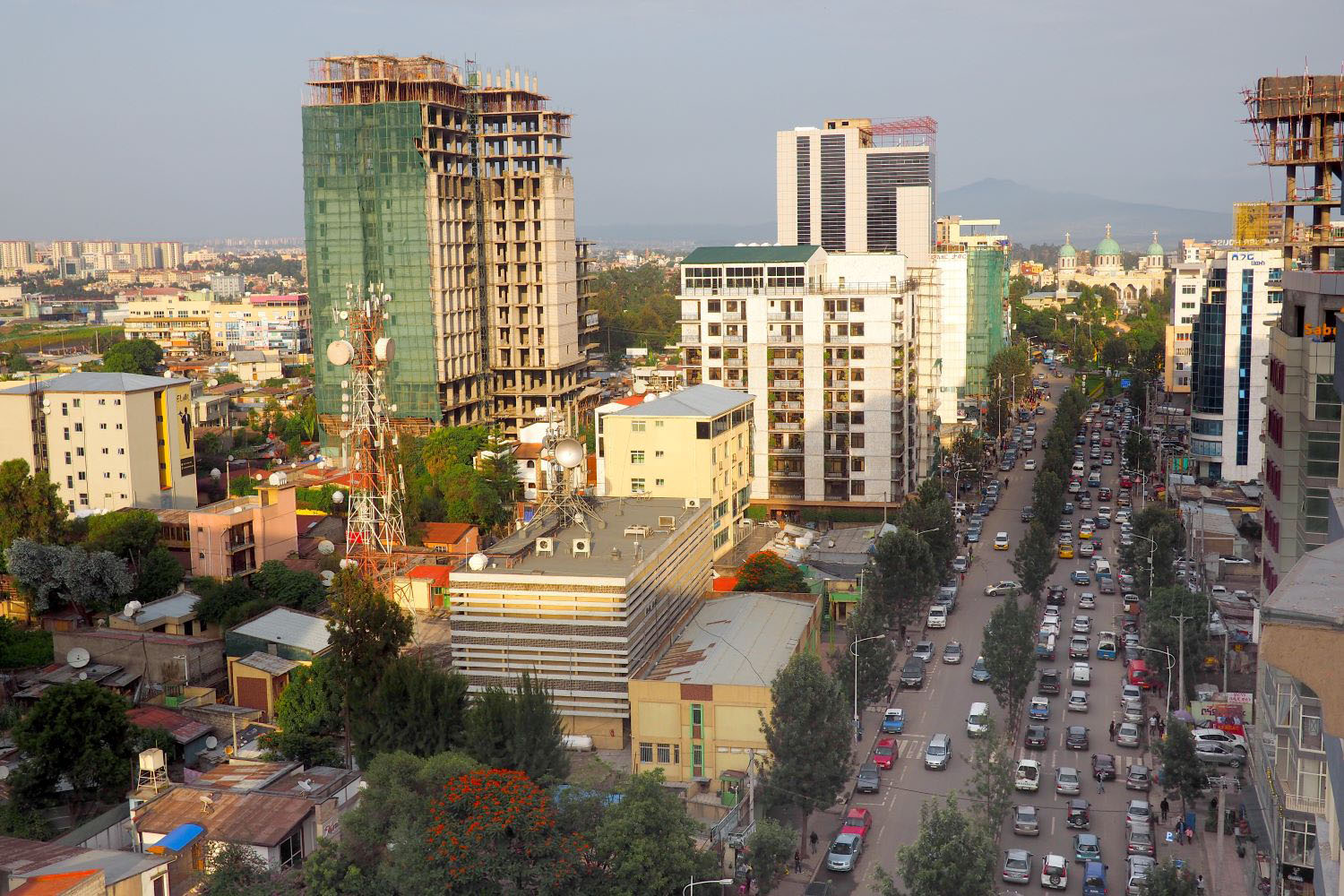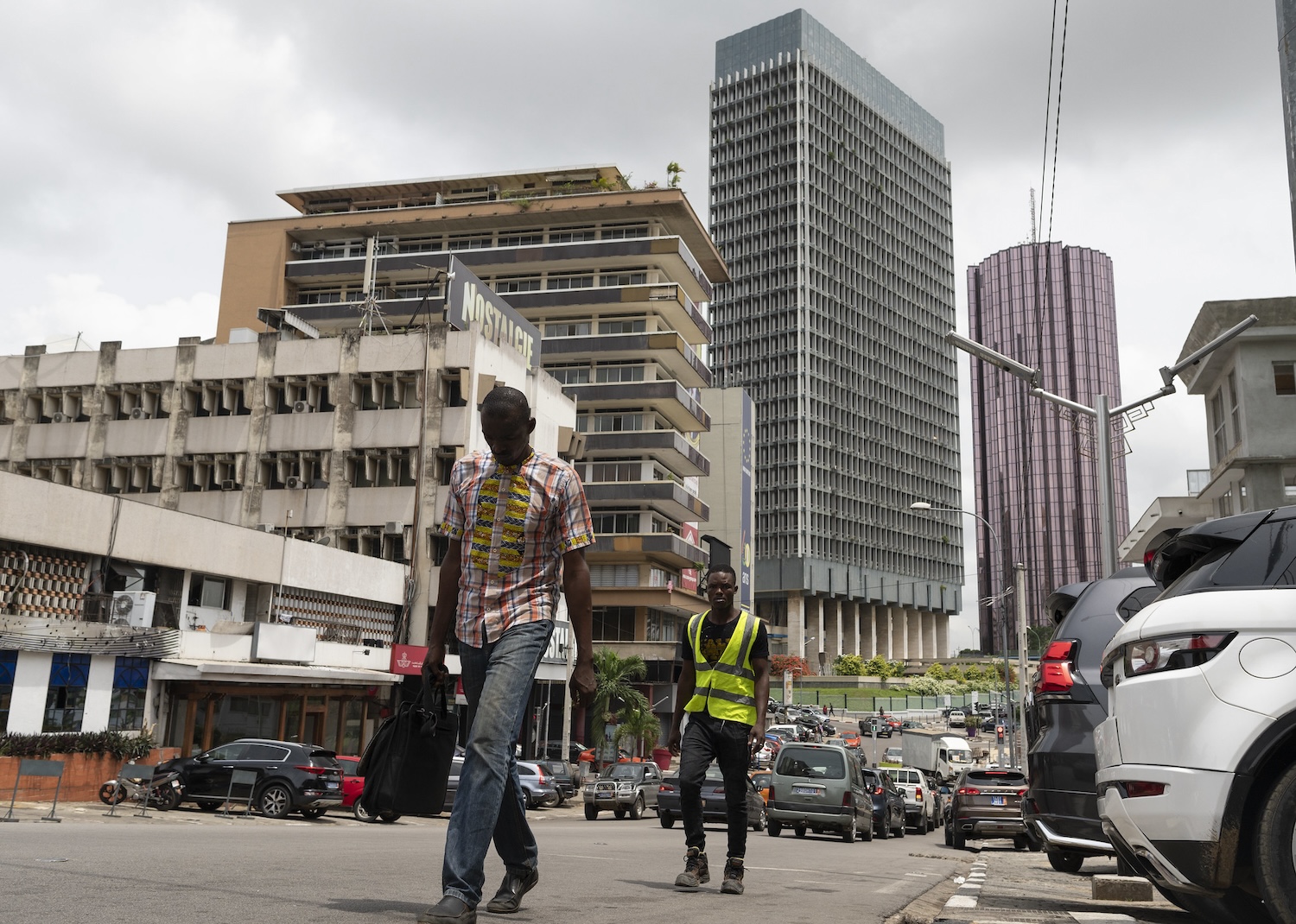April 16, 2009
In a huge step forward, this week Liberia slashed its foreign debt by buying back $1.2 billion in commercial debt -- about one-quarter of its foreign debt -- from its private foreign creditors, including banks, hedge funds, and other “distressed debt” investment funds. President Ellen Johnson Sirleaf announced today that the Government had purchased the debt at a discount of nearly 97 percent off the face value, the deepest discount ever negotiated on developing country commercial debt. The $38 million needed for the deal was provided by some of Liberia’s strongest partners -- the World Bank, Germany, Norway, the United Kingdom, and the United States, so the debt was eliminated at zero cost to the people of Liberia. I am fortunate to have had the opportunity to work closely with President Sirleaf and her Government for the last several years working to complete this deal.Much was at stake. The amount of debt was huge – nearly twice Liberia’s GDP, far more than the country could ever repay. And many of the creditors had legal judgments or other recourse that could have derailed the process and led to delays, litigation, or the seizure of Liberia’s meager assets. The negotiations have been unfolding for two years, and at many points it was far from clear that the deal would be successful.Liberia’s commercial debt has a long and rather ugly history. Most of it was accumulated in the late 1970s and early 1980s during the regimes of William Tolbert and Samuel Doe. Creditors kept pouring money in, even as the economy and political situation began to crumble, often with the strong encouragement of other countries (particularly the United States). In fact, some of the debt eliminated this week was borrowed in the middle of 1982, just as Mexico defaulted on its debts to spark the so-called 1980s debt crisis, and Liberia got caught in that same global crisis.Liberia soon followed suit and defaulted in the mid-1980s, and became a pariah in international circles until the end of the war in 2003 and the inauguration of President Sirleaf in 2006. In the intervening years, much of the commercial debt traded hands several times at ever-steeper discounts. Many of the creditors held court judgments, and others threatened legal action. This week’s deal lifts that threat from the participating creditors, removing a big weight from Liberia’s shoulders. So how did Liberia do it?Liberia’s first challenge was to conduct some forensic accounting to figure out who held the debt and then to put together a strategy for how to resolve it. For that, the Government partnered with law firm Cleary Gottlieb in New York, financial advisors Houlihan Lokey in London, and economic advisors from CGD, and together negotiated a smooth, professional deal. Even with the steep discount, creditors holding 97.5 percent of the total value participated in the deal, one of the largest participation rates in a sovereign debt buy-back in the last several decades.So why would the creditors make a deal with such a steep discount? It was not always clear that they would. But for some of the original creditors that still held the debt, it was in fact a bit of a bonus. Many had fully written it off their balance sheets years ago, so any payment now was a big plus. For those hedge funds that bought the debt for even less during the height of the war, the result was actually a nice profit. But why not hold out for even more?Three key reasons. First, the HIPC process added a strong constraint: the HIPC rules made it clear that Liberia could offer at most 3 cents on the dollar without jeopardizing the other parts of their debt reduction strategy. So the creditors quickly understood that this was the max they could get. Second, Liberia’s support in the international community and the credibility of President Sirleaf made a big difference. Only someone with her background and stature could have pulled together all of the pieces needed to make this work. Some reluctant creditors received a bit of “encouragement” from Liberia’s partners at key moments, who made it clear they were watching this deal and were expecting cooperation. And, finally, the global financial crisis may have helped in an odd way – for some creditors facing liquidity constraints, Liberia was offering cash on the barrelhead. And in today’s global economy, cash is king.Liberia’s foreign debt has been a major obstacle to its own development and reengagement with the international community. Two years ago the debt totaled $4.9 billion, equivalent to 700% of GDP and 2,300% of exports, by far the highest in the world. To put this into context, the average debt/GDP ratio for all other HIPCs is about 100%, one-seventh the size of Liberia’s Debt/GDP ratio. But the government has been chipping away at the debt. In late 2007 the World Bank reduced Liberia’s debt by $400 million, and the African Development bank by about $250 million. Then in 2008 several partner countries eliminated some of Liberia’s Paris Club debt, led by the US (which eliminated $400 million) and Germany (which eliminated about $350 million).With this week’s commercial debt buyback, Liberia’s total foreign debt is down to $1.7 billion, a reduction of over $3 billion. You can see the Liberian Ministry of Finance official data on debt here, which they released earlier today. Most of the remaining debt will be wiped out when Liberia reaches the HIPC Completion Point, hopefully later this year or early next year.We have been proud at the Center for Global Development to have worked closely with President Sirleaf and her government in reaching this important milestone, in particular because concern about unjust debt was an important motivation for our founding chairman, Ed Scott, when he joined with Nancy Birdsall to launch CGD back in 2001. Indeed, the Center’s first book, by Nancy and John Williamson, with Brian Deese, was titled Delivering on Debt Relief. We look forward to continuing to work with Liberia and to the day next year when most of the remaining debt is canceled and Liberia can fully rejoin the international financial community.
Disclaimer
CGD blog posts reflect the views of the authors, drawing on prior research and experience in their areas of expertise. CGD is a nonpartisan, independent organization and does not take institutional positions.





